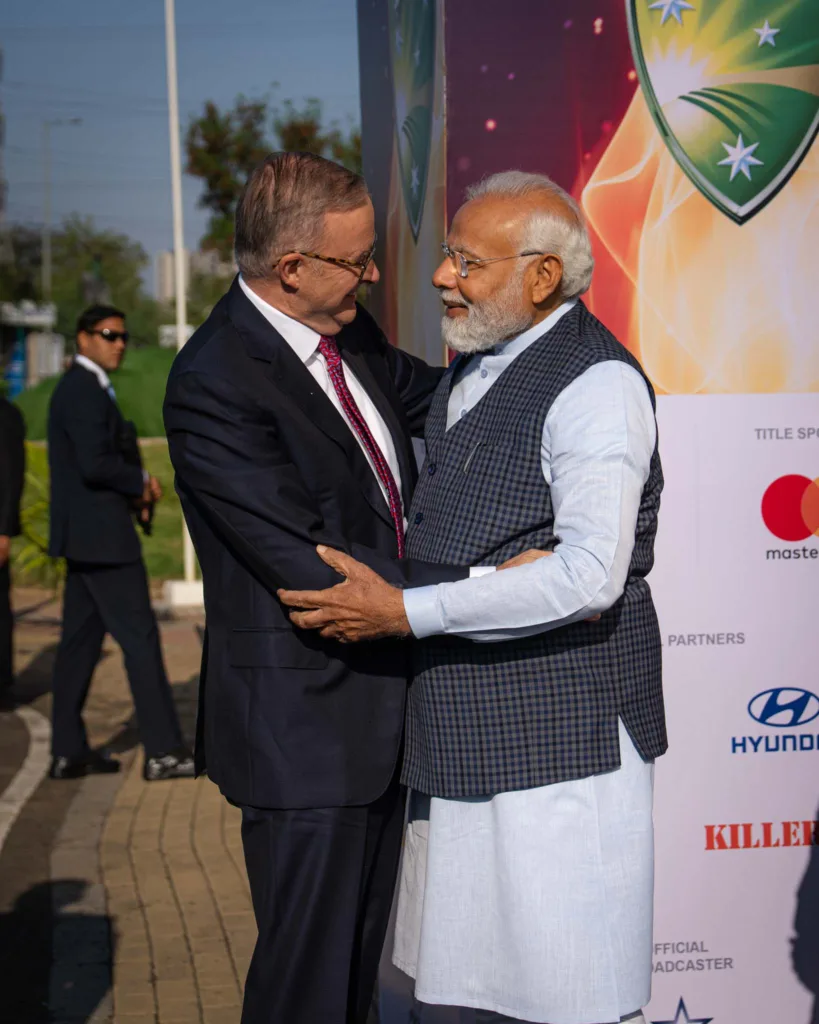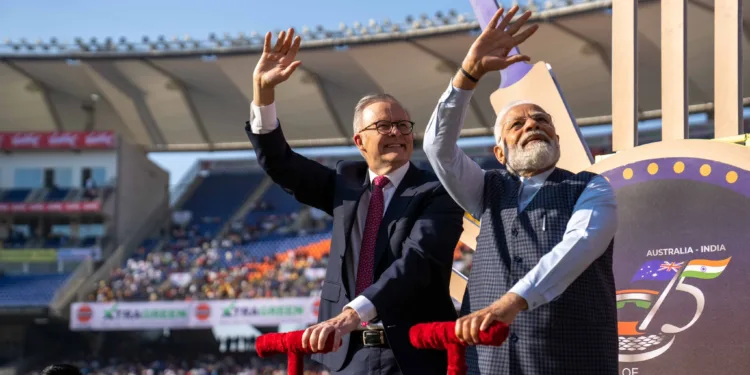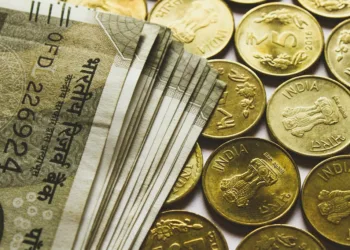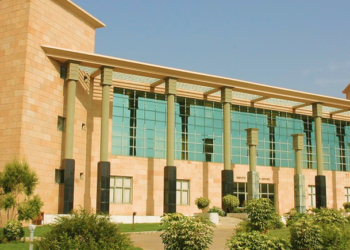Australian Prime Minister Anthony Albanese’s meeting with Indian Prime Minister Narendra Modi in March is bound to transform bilateral ties in geopolitics and commerce, doubling bilateral trade
BY AJIT KUMAR JHA
First, the poignant puzzle: India and Australia are geographically continent-size countries, and India is the most populous in the world. Both are vibrant democracies. Both are cricket-crazy Commonwealth nations. English is the dominant language in both former British colonies. Yet, it remains a puzzle why the relationship between the two bordered on indifference in the past and the trade between the two countries was so low. The answer perhaps lies in the frosty relations that emanated from the Cold War-era geopolitics.
However, the icy coldness of the Cold War era has recently abated. The total indifference between the two nations has today changed by 180 degrees. Call it the blend of the three C’s (Cricket, Curry and Commonwealth). Or, the fallout of the historic Free Trade Agreement (FTA) signed between Australia and India in 2022. With Australian PM Anthony Albanese’s historic meeting with PM Narendra Modi on March 8 (highlighted via a great photo opportunity in Ahmedabad’s Narendra Modi Stadium), the strong bilateral ties between the two major democracies are most likely to transform commerce and geopolitics in the Indo-Pacific region.
The FTA fallout
The visit by PM Albanese is the fruition of the historic FTA between Australia and India, passed by the Australian Parliament in 2022. The FTA will double bilateral trade from $27.5 billion to $45-50 billion by 2035.
The implementation of the India-Australia Economic Cooperation and Trade Agreement (ECTA) follows on the heels of the India Economic Strategy 2022 launched in March 2022, the inking of the ECTA in April 2022 and its coming into force on December 29, 2022. These constitute milestones for the Comprehensive Strategic Partnership between the two major democracies. This symbolises a joint effort to challenge the Chinese might in this region.
What India gains from ECTA
India has much to gain from the India-Australia ECTA. First, the creation of 10 lakh additional jobs for Indians. Second is benefit to over one lakh Indian students in Australia from post-study work visas. Third, increase in exports from India to Australia by $10 billion by 2026-27. The ECTA will ensure that Indian goods on all tariff lines get free access to the Australian market at zero customs duty. In exchange, 90 percent of Australian exports by value get zero duty access to the Indian market. The ECTA will ensure an end to double taxation, the availability of cheaper raw materials and faster approval for medicines. An ironic caveat: In the past, developing countries supplied raw materials to developed nations which, in turn, supplied manufactured goods. Today the role is reversed. Union Commerce and Industry Minister Piyush Goyal aptly remarked: “There is a lot of potential for exporting finished goods to Australia since they hardly manufacture anything. We will get cheaper raw materials, which will make us more competitive globally.”

The new geopolitics of QUAD PM Modi’s visit to Australia in 2014 was the first Indian prime ministerial visit in 28 years after former PM Rajiv Gandhi’s visit in 1986. Although Modi’s visit was in response to Australian PM Julia Gillard’s visit to India in 2012, it set the ball rolling for further
friendship and the strengthening of the new security architecture of the Quad. Albanese’s visit, falling between United States Secretary of State
Antony Blinken’s visit to India in early March during the G20 foreign
ministers’ meet and Japanese Prime Minister Fumio Kishida’s visit between March 19 and 21, marks the visit by the other three Quad member countries to India. This followed a week after all the foreign ministers of the Quad grouping met in New Delhi on March 3. PM Modi plans to visit the US in the third week of June. US President Joe Biden is scheduled to visit India during the G20 leaders’ summit in September.
The Quad, a partnership between India, Japan, Australia and the US, is the pillar of the new diplomatic network of four countries committed to supporting free and open Indo-Pacific trade. India has signed the FTA with both Japan and Australia. The Quad and FTAs complement other bilateral, multilateral and regional cooperation , including with ASEAN member states — India having signed an FTA with ASEAN — and Pacific partners. The Quad’s origins date back to the collaboration in response to the December 2004 Indian Ocean tsunami. The Quad has a positive and practical agenda for the region’s vast and pressing challenges. The Quad’s mission includes the Covid-19 vaccines, climate change, critical and emerging technology, infrastructure, cyber security, humanitarian assistance and disaster relief, space and maritime security, countering disinformation and counter-terrorism. The Quad’s partners are steadfast supporters of ASEAN centrality, ASEAN-led architecture and ASEAN’s outlook on the Indo-Pacific region.
PM Albanese’s visit is the fourth meeting between him and PM Modi. Ten Cabinet ministers travelled from India to Australia in 2022. The recent bonhomie, trade ties and comprehensive strategic partnership between the two democracies are bound to transform the commerce and geopolitics of the Indo-Pacific region.








